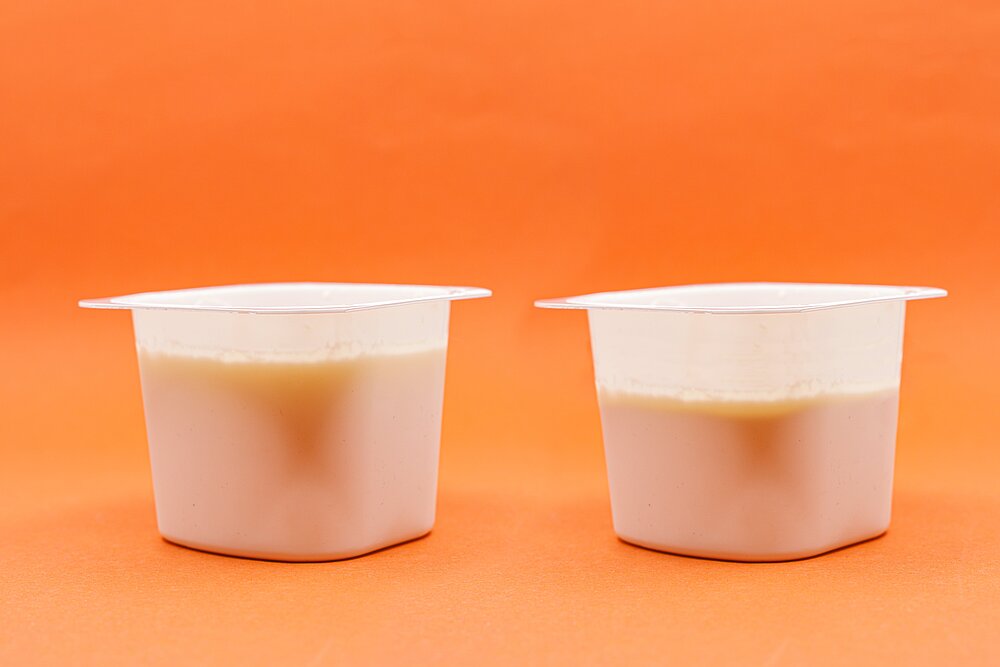Find out today what the legal world will be talking about tomorrow.
21.10.2022
Now you see it, now you don’t – "shrinkflation" from the perspective of the Act against Unfair Competition

Wherever you look, you see higher prices for everyday products. It is therefore all the more welcome when your local supermarket continues to sell your favorite biscuits or usual moisturizer at the same price as in the times before the war in Ukraine and the gas crisis. Nevertheless, unchanged prices do not always mean that there have actually been no price increases because businesses are increasingly taking advantage of “shrinkflation.” From the point of view of competition law, companies need to be cautious.
What does “shrinkflation” mean?
The term shrinkflation is a combination of the words “shrink” and “inflation” and refers to the common practice, particularly applied in times of inflation, of reducing product packaging sizes while leaving prices unchanged.
Businesses are thus able to raise prices without having to reprice their goods so that highly visible price increases are avoided. For consumers, this is usually much less noticeable because changes in packaging size frequently coincide with additional redesigns. This type of packaging is therefore also referred to as “deceptive packaging.”
What do advertisers and companies have to consider?
Even though “shrinkflation” is a common practice, there are limits to what businesses are allowed to do. Under certain circumstances, deceptive packaging may violate the prohibition of misleading information under Section 5 Act against Unfair Competition and/or Section 43(2) Measurement and Calibration Act. According to these statutory provisions, such packaging is not permitted whose design and filling suggest a larger product quantity than is actually contained.
As is often the case in competition law, this is a matter of the individual case. The key factor is the impression evoked by the packaging in the average consumer about the respective filling quantity. On the basis of prior court decisions, there are some guidelines that companies may use for orientation purposes.
- In general, the average consumer expects packaging to be proportionate to the quantity of the product contained therein. Consumers are well aware that different products may contain different quantities. For example, the expectation for a bag of ground coffee will be different from that of a bag of potato chips. Particular caution needs to be paid, however, in cases where consumers are not yet sufficiently familiar with a product (cf. on coffee pads that were new at the time, Hamburg Higher Regional Court, April 14, 2004 - 5 U 127/03).
- Misconceptions cannot be excluded solely by indicating the filling quantity on the packaging. The courts expect that consumers usually notice everyday products by mere cursory glances.
- For certain types of products, consumers will expect the packaging to be excessively large, at least to a certain extent. This applies, for example, to perfume bottles, creams, or chocolate candy in gift packaging.
According to the Federal Court of Justice (October 11, 2017 - I ZR 78/16), consumers regularly pay attention not only to the front of the packaging of food and cosmetic products, but also to particulars provided on other areas of the packaging because they are interested in more detailed information (such as on ingredients). If the original size or original quantity are indicated on such other packaging areas (e.g., by showing a picture of the inner packaging), this is not misleading.
Without such an indication, however, an infringement is to be presumed. As an example, the round packaging of a cheese product was considered impermissible, because its plastic insert, which was not visible from the outside, thinned out towards the bottom and featured a lateral indentation (Karlsruhe Higher Regional Court, November 22, 2012 - 4 U 156/12).
- Any other type and design of the packaging may also make a difference. If it is possible to identify the actual contents of the packaging, for example, by means of a window or soft touchable packaging material, the packaging is not misleading. Transparent spice packaging with air pockets is one example of such admissible packaging (Frankfurt Higher Regional Court, October 21, 2008 - 14 U 240/07).
- Technical requirements or a necessary packaging size do not automatically rule out a violation of competition law per se. Admissibility is possible, however, if the business has done everything possible to avoid being misleading and the interest in a technically advanced packaging design prevails as a matter of exception.
Possible consequences: What are the consequences of a violation?
Violations of the Act against Unfair Competition may result in claims for removal, injunctive relief and damages, either from competitors or from consumer protection associations.
Even in cases of legally admissible deceptive packaging, however, companies should proceed with caution: Consumers may report any such deceptive packaging to consumer protection associations.. The potential for “shitstorms” should therefore always be kept in mind.
Contributor: Charlotte Petrasch


